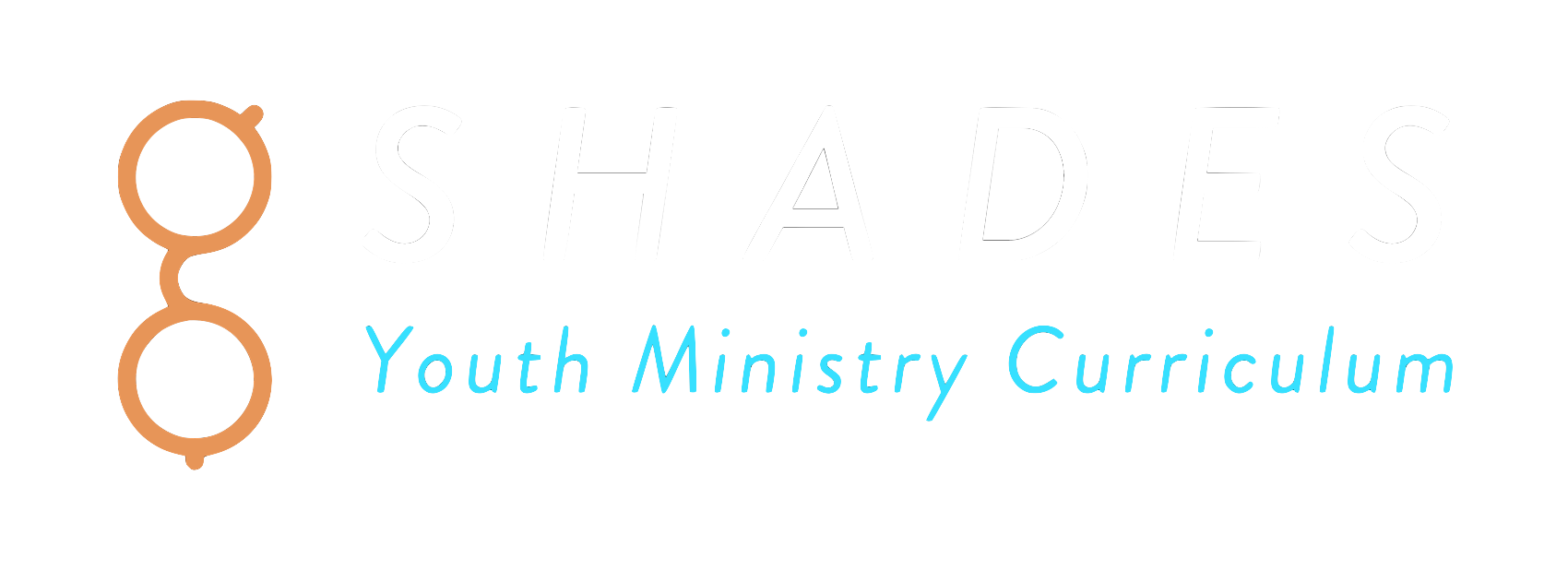PROBLEM
It’s hard keeping students engaged during a whole message, isn’t it? That’s probably part of the reason youth pastors have historically spent so much time on interactive elements and funny videos.
Now don’t get me wrong. Incorporating interactive elements into a message is a good and healthy part of communicating to teenagers. It’s important, and it’s helpful for students who have a different style of learning. But wouldn’t it be great if you felt like you didn’t ALWAYS NEED those elements in order to capture your students’ attention?
Like what if the Word of God and its implications for their lives was captivating enough?
Hang on tight. We’re going to talk about it for a few minutes.
TRUTH
If I were to tell you a long-form joke, where would the punchline go?
At the end! Yes! I would never come up to you and say: “Want to hear a hilarious joke? It’s going to take about 15 minutes to tell the whole thing, but you’re going to love it. Oh, and it ends with the hippo telling the doctor ‘I KNOW ALL ABOUT YOUR LITTLE OATH, PAL! WHY DO YOU THINK THEY CALL IT THAT?’”
Get it?!?
Because of the Hippocrati—you know what nevermind. The actual punchline of the joke isn’t important.
The point is, if I told you the punchline of the joke before telling the joke itself, you would be significantly less incentivized to sit there and listen intently to the 15-minute joke. This is something we all instinctively know, yet we do this ALL THE TIME when we deliver messages to students.
We give our anecdotal introduction.
We (often too briefly) tie our intro into a spiritual problem we have.
Then we immediately tell students the spiritual principle we want them to learn that day.
SOLUTION
So now you’re 5 minutes into a 15-minute message, you haven’t even cracked open the Bible yet, and all of your students already know the punchline! You’ve unintentionally disincentivized them to listen intently to the part of the message where you dig into Scripture and discover how Jesus wants to address this spiritual problem. And that’s why we as youth pastors wind up expending so much energy trying to get students to stay with us during that section of the talk and beyond.
We’ve accidentally communicated to them that they don’t need to be locked in for the most important part because we’ve already told them the most important part of the most important part.
No kid reads the SparkNotes version of a book, AND THEN diligently reads the actual book. It just isn’t in a kid’s nature. It might not even be in human nature period.
APPLICATION
You’ve been structuring your messages:
Problem | Solution | Truth | Application
You need to structure your messages:
Problem | Truth | Solution | Application
That small tweak is going to make all the difference. Because if you explore the problem well enough on the front end, they’ll lean in and listen intently as you unpack the Scripture—waiting and hoping and searching for the solution to the problem you’ve posed.
Don’t ruin the punchline of the joke. Problem, Truth, Solution, Application.



